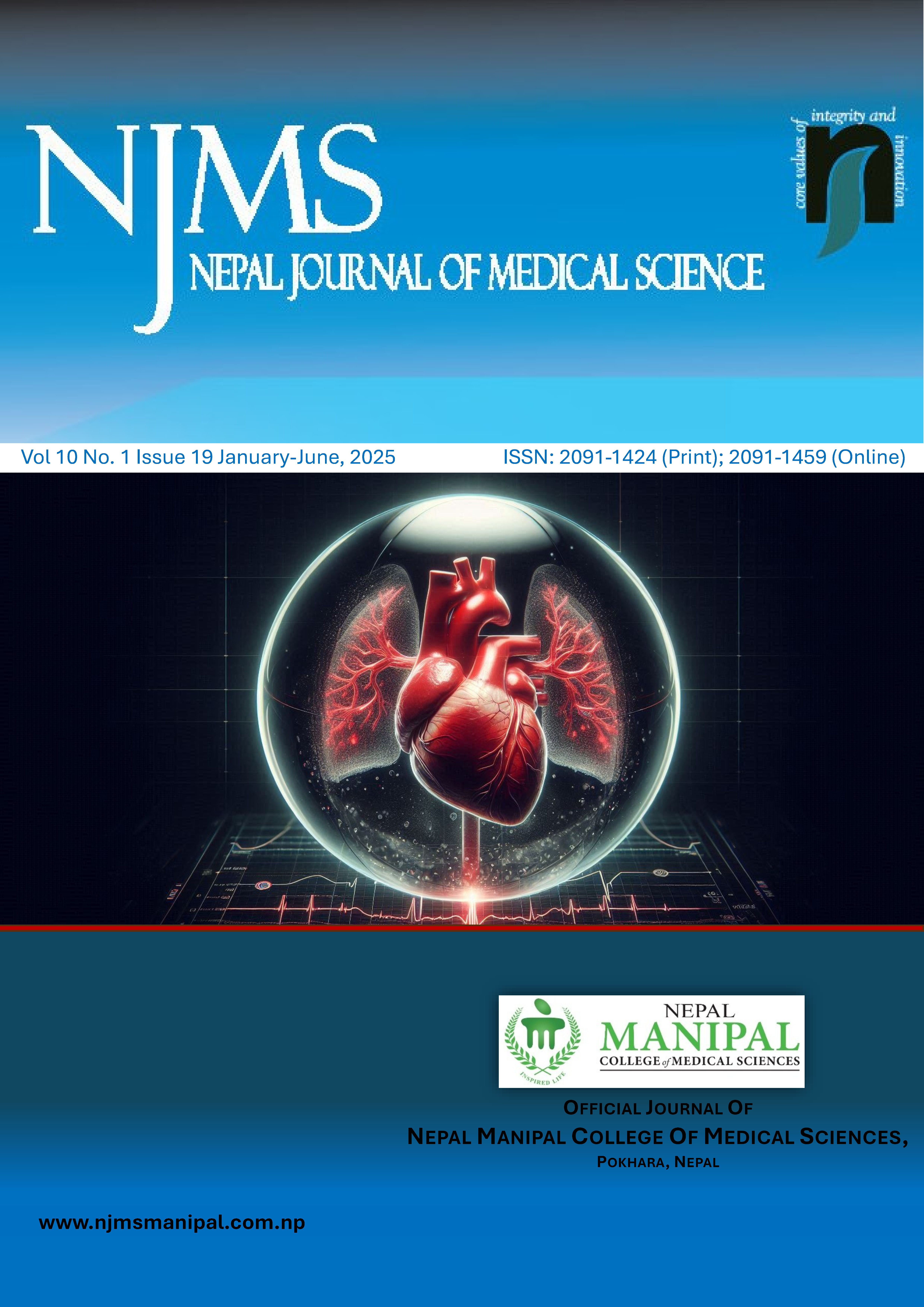A Comparative Study on Evaluation of “No Touch” Extubation and Standard Extubation Technique on Hemodynamic Parameters during Emergence from General Anesthesia
Keywords:
Extubation; General anesthesia; No touch extubation; Standard Awake.Abstract
Background: Extubation is a critical phase in general anesthesia that can provoke hemodynamic instability and airway-related complications. The "no touch" extubation technique aims to minimize stimulation during emergence, potentially reducing adverse events such as coughing, laryngospasm, and hypertension. This study compares the hemodynamic and airway outcomes of "no touch" extubation with standard awake extubation.
Methods: A prospective, randomized study was conducted on 60 ASA I-II patients undergoing elective surgery under general anesthesia. Patients were randomly allocated into two groups: Group A (standard awake extubation) and Group B (no touch extubation). Hemodynamic parameters (heart rate, systolic blood pressure, diastolic blood pressure) were recorded at baseline and at intervals post-extubation. Airway complications, including coughing, laryngospasm, and hoarseness, were also assessed. Statistical analysis was performed using SPSS 21, with significance set at P<0.05.
Results: The mean duration from surgery completion to spontaneous eye opening was 13.50 ± 2.66 minutes in Group A and 12.73 ± 3.00 minutes in Group B (p = 0.30). Hemodynamic responses showed a significant reduction in systolic blood pressure (SBP) in Group B compared to Group A (p < 0.05), while no significant differences were observed in heart rate or diastolic blood pressure. Airway complications were significantly lower in the "no touch" group, with fewer cases of coughing (24% in Group B vs. 37% in Group A), and no instances of laryngospasm in Group B. Hoarseness was also less frequent in Group B (7% vs. 17%).
Conclusions: The "no touch" extubation technique results in a more stable hemodynamic profile and fewer airway-related complications than standard awake extubation, making it a safer alternative, particularly for patients at risk of hemodynamic instability and airway reactivity.
Downloads
Downloads
Published
How to Cite
Issue
Section
License
Copyright (c) 2025 Nepal Journal of Medical Sciences

This work is licensed under a Creative Commons Attribution 4.0 International License.
Copyright © by Nepal Journal of Medical Sciences. The ideas and opinions expressed by authors of articles summarized, quoted, or published in full text in this Journal represents only opinions of authors and do not necessarily reflect the official policy of Nepal Journal of Medical Sciences or the institute with which the author(s) is (are) affiliated, unless so specified.




